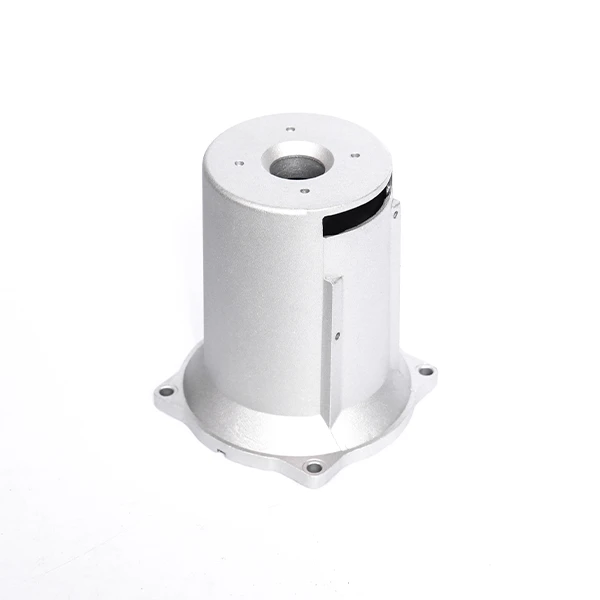Mobile:+86-311-808-126-83
Email:info@ydcastings.com
German
Understanding the Impeller Casting Technique and Its Applications in Modern Manufacturing
Impeller Casting Process An In-Depth Overview
The impeller casting process is a vital manufacturing technique widely used in various industries, particularly in the production of pumps, turbines, and compressors. This method allows manufacturers to create complex geometries with high precision and durability. In this article, we will explore the intricacies of the impeller casting process, its advantages, and its applications.
Understanding the Impeller
An impeller is a rotating component of a machine that transmits energy from the motor to the fluid being pumped, enhancing its flow or pressure. Impellers are commonly used in hydraulic applications, such as water pumps and gas turbines, and are integral to many industrial processes. The performance of an impeller can significantly affect the efficiency and effectiveness of the machine it serves.
The Casting Process
Casting is a manufacturing process that involves pouring molten metal into a pre-made mold, where it cools and solidifies into the desired shape. The process of impeller casting involves several crucial steps
1. Design and Pattern Making The process begins with designing the impeller using computer-aided design (CAD) software. A pattern is then created, typically from materials like plastic or metal, that reflects the design specifications of the final product.
2. Mold Creation The next step involves creating a mold from the pattern. This can be done using various methods, such as sand casting, investment casting, or die casting. The choice of method depends on the complexity of the impeller design and the required material properties.
3. Melting the Metal The selected metal, often aluminum, bronze, or stainless steel, is melted in a furnace. The melting temperature varies based on the type of metal used — for instance, aluminum melts at approximately 660°C (1220°F).
4. Pouring Once the metal reaches the desired temperature, it is poured into the mold. Care must be taken to avoid introducing impurities or air bubbles during this stage, as they can weaken the final product.
5. Cooling and Solidification After pouring, the metal cools and solidifies within the mold. The cooling rate can affect the mechanical properties of the impeller, so controlling this step is crucial.
6. Mold Removal Once the metal has cooled, the mold is removed, revealing the cast impeller. In some cases, the mold might be reusable, while in others, it is broken to extract the final product.
7. Finishing Operations The impeller often requires additional finishing operations such as machining, polishing, and surface treatment to meet specific tolerance requirements and enhance its performance characteristics.
impeller casting process

Advantages of Impeller Casting
The casting process offers several advantages
- Complex Shapes Casting allows for the creation of intricate designs that would be challenging or impossible to achieve through other manufacturing processes. - Material Efficiency The process minimizes waste as the molten metal fills the mold precisely, ensuring high yield rates.
- Cost-Effectiveness For large production runs, casting can be more economical compared to methods like machining, especially when producing parts that require minimal additional processing.
- Durability Cast impellers are often made from high-strength materials, ensuring they withstand the rigors of operation in demanding environments.
Applications of Impeller Casting
The applications of cast impellers are vast and span multiple industries. They are crucial components in
- Aerospace Used in jet engines and gas turbines to enhance performance. - Marine Engineering Found in propellers and pumps to ensure efficient fluid movement in marine vessels.
- HVAC and Refrigeration Employed in blowers and fans, helping in air circulation and heat exchange.
- Chemical Processing Used in various pumps designed to handle corrosive fluids safely.
Conclusion
The impeller casting process is an essential manufacturing method that enables the production of complex, durable components crucial to many industrial applications. As technology advances, the techniques and materials used in casting continue to evolve, enhancing efficiency, precision, and sustainability in manufacturing. Understanding this process is fundamental for engineers and manufacturers aiming to optimize the performance and reliability of their products.











